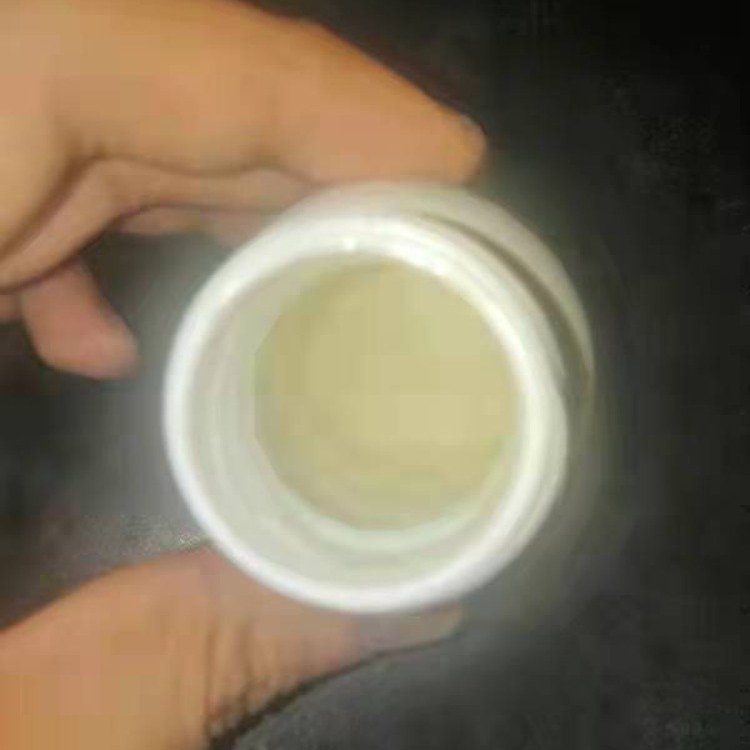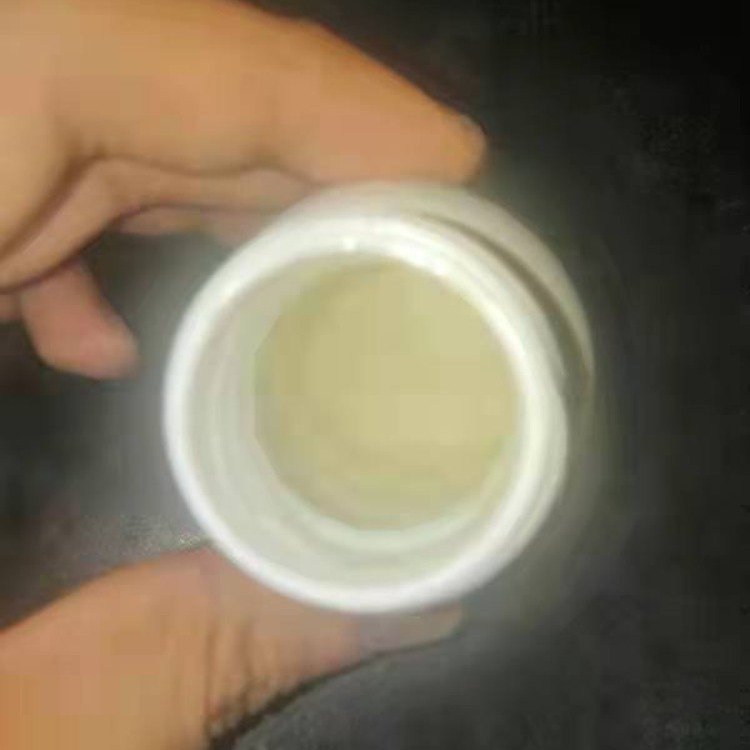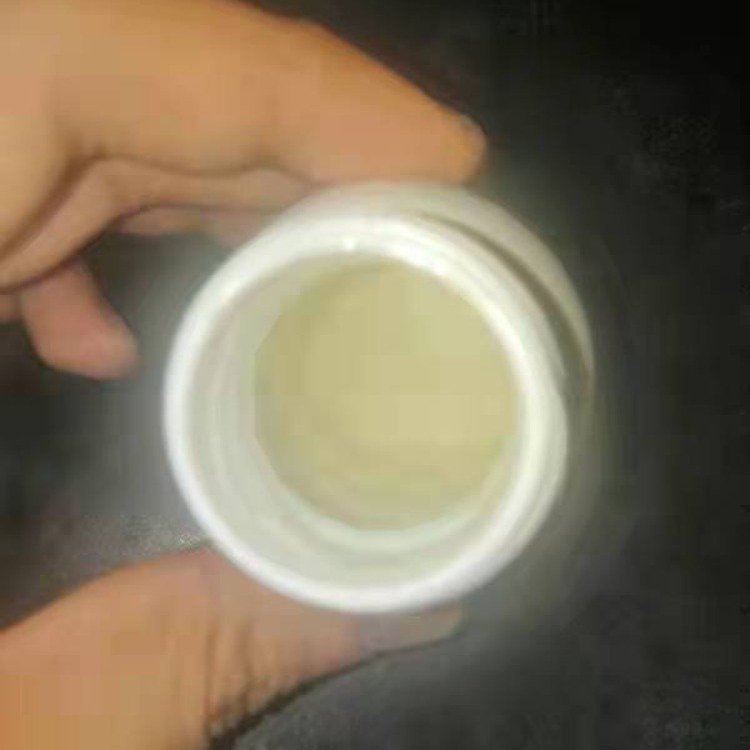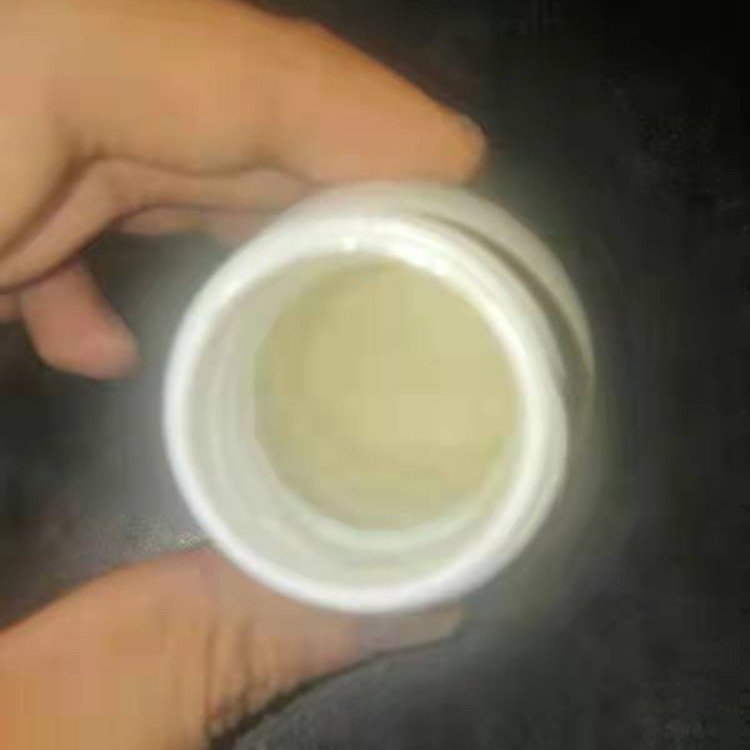Pentaerythritol bicyclic sulfate
Product introduction
The sulfate group of bicyclic sulfate compounds can be reduced by accepting electrons from the anode surface during charging, or can react with previously reduced polar solvent molecules, thus affecting the characteristics of the SEI layer formed therein. Anode surface. For example, bicyclic sulfate based compounds containing sulfate groups can more easily receive electrons from the anode than polar solvents. For example, prior to the reduction in polar solvents, bicyclic sulfate based compounds can be reduced at a lower voltage than in polar solvents.
Compounds based on bicyclic sulfates include sulfate groups, so they can be more easily reduced and/or decomposed into free radicals and/or ions during charging. Therefore, free radicals and/or ions can be combined with lithium ions to form a suitable SEI layer on the anode, thereby preventing or minimizing the formation of products obtained by further decomposing the solvent. The compounds based on bicyclic sulfate can form covalent bonds with various functional groups on the carbon anode itself or the carbon anode surface, for example, or can be adsorbed on the electrode surface. Compared with the SEI layer formed by organic solvent only, the modified SEI layer with improved stability formed by such combination and/or adsorption can be more durable even after long charging and discharging. During lithium ion intercalation into the electrode, the durability modified SEI layer can more effectively prevent the co intercalation of organic solvent of solvated lithium ion. Therefore, the modified SEI layer can more effectively prevent the direct contact between the organic solvent and the anode, so as to further improve the reversibility of lithium ion embedding/de embedding, thus leading to the increase of discharge capacity and the improvement of the life characteristics of the battery.
Moreover, because the bicyclic sulfate based compounds contain sulfate groups, they can coordinate on the cathode surface, thus affecting the characteristics of the protective layer formed on the cathode surface. For example, the sulfate group can coordinate with the transition metal ions of the cathode active material to form a complex. The composite can form a modified protective layer with improved stability, which is more durable than the protective layer formed only by organic solvent even after long charging and discharging. In addition, the durability modified protective layer can more effectively prevent the co embedding of organic solvents that solvate lithium ions during lithium ion insertion into the electrode. Therefore, the modified protective layer can more effectively prevent the direct contact between the organic solvent and the cathode, so as to further improve the reversibility of lithium ion embedding/deinterlacing, thus improving the stability of the manufactured battery and improving the life characteristics.
In addition, bicyclic sulfates have a structure in which two rings are connected in the form of spiral rings. Therefore, compounds based on bicyclic sulfates can have higher molecular weight than ordinary sulfate based compounds, and therefore can be thermally stable.
For example, bicyclic sulfate based compounds can form SEI layers at the protective layer at the anode surface or cathode surface, and can promote the enhanced life characteristics of lithium batteries manufactured at high temperatures due to improved heat. Stability.
Effect of Nitrile based Functionalized Organic Silicon Electrolyte Additives on Low Temperature Performance of LiFePO4 Batteries Synthesis and Application of New Electrolyte Additives for Lithium ion Batteries Mechanism of Electrolyte Additives in Silicon Carbon Negative Electrode System Effect of Cyclic Glyceryl Sulfite Derivatives as Electrolyte Additives on Electrochemical Performance of Lithium ion Batteries Effect of Ionic Liquids as Electrolyte Additives on Electrochemical Performance of LiCoO2 Electrode Synthesis of glyceryl sulfite agent glyceryl carbonate derivatives used as electrolyte additives research on the compatibility between high voltage positive electrode and electrolyte additives research on the effect of polymer electrolyte additives on the performance of lithium sulfur batteries Study on Electrolyte Additive of Ion Power Battery Effect of SDS as Anode Electrolyte Additive on the Performance of Vanadium Battery






